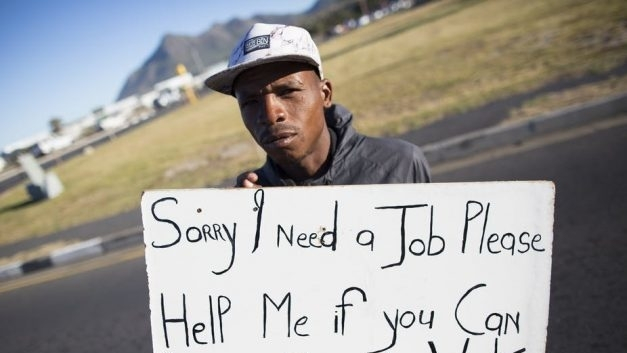

Data shows that South Africa’s unemployment rate jumped to its highest since the global financial crisis more than a decade ago.
This has reportedly piled pressure on a shrinking economy and President Cyril Ramaphosa’s pledge to deliver a turnaround.
The increase in joblessness was preceded by a sharp rise in jobless claims from the Unemployment Insurance Fund (UIF) between 2018 and 2019. Claims rose 21% to 9.2 billion rand, the labour department said on Tuesday.
“The increased payment in the unemployment benefit could be attributed to retrenchments that have plagued the country due to subdued economic growth,” the Department of Unemployment and Labour said.
In February, National Treasury said unemployment payments would increase to nearly 16 billion rand by 2021, and while that would be matched by growth in the fund’s assets, it would be offset by liabilities of other social security funds like the Road Accident Fund, which is 242 billion rand in the red.
Job cuts across a host of sectors are set to continue into the next few years. On Tuesday, state power firm Eskom reported a more than 20-billion-rand annual loss, making mooted staff cuts in the region of 7,000 almost inevitable.
At a 2018 job summit that formed the centerpiece of his recovery pledge, Ramaphosa promised to create 100,000 new jobs, but analysts doubt he can achieve the target.
Second quarter unemployment rose to 29% from 27.6% in the first quarter, driven by job cuts in private households, transport and mining, data from Statistics South Africa showed.
It was the highest jobless rate since 2008 when the quarterly survey started, statistician general Risenga Maluleke said, adding it would be difficult to create jobs in a shrinking economy.
There were 6.7 million people without jobs in the three months to the end of June, compared with 6.2 million people in the prior quarter, Statistics South Africa said its quarterly labour force survey.

Copyright © 2018 CGTN. Beijing ICP prepared NO.16065310-3
Copyright © 2018 CGTN. Beijing ICP prepared NO.16065310-3